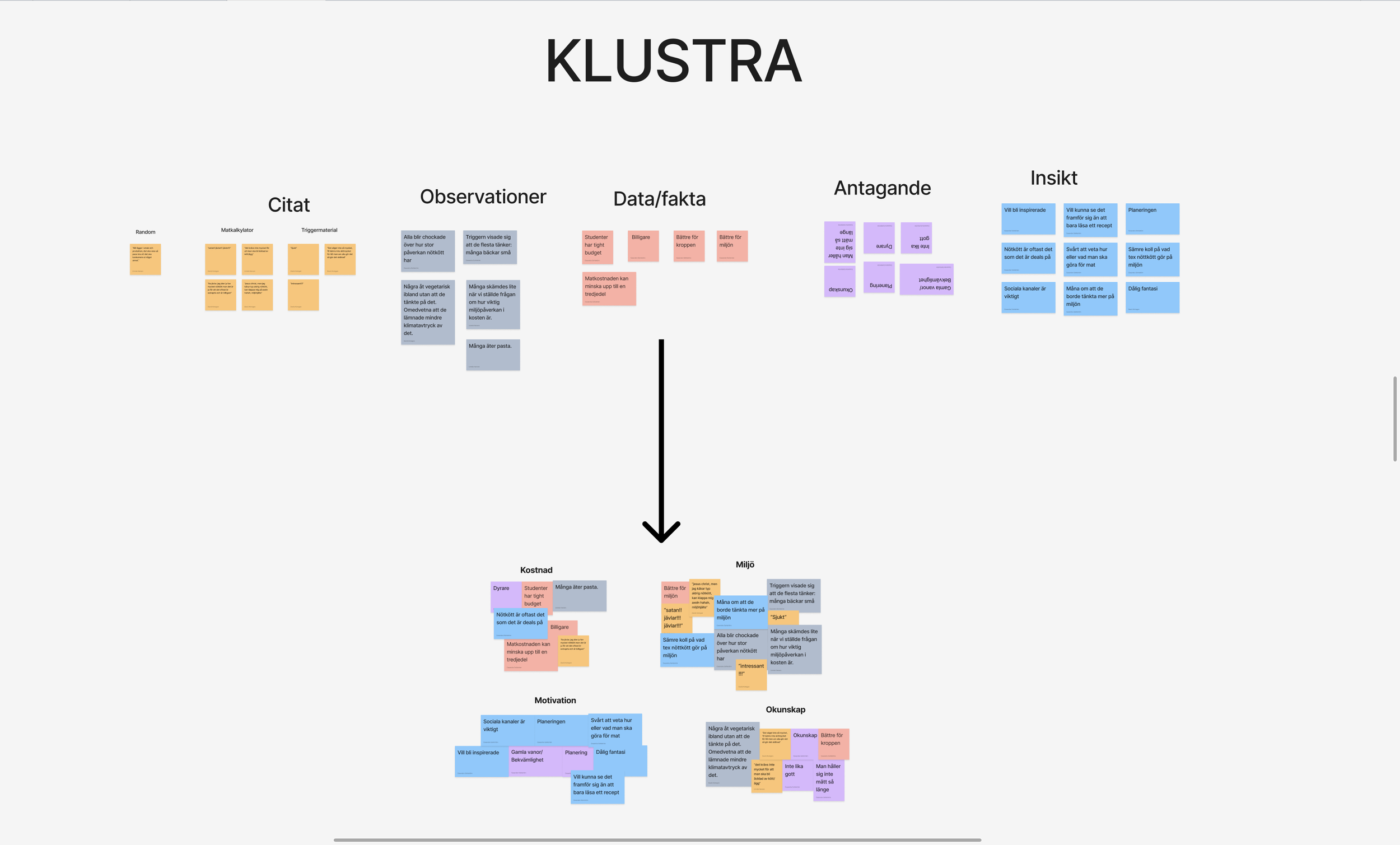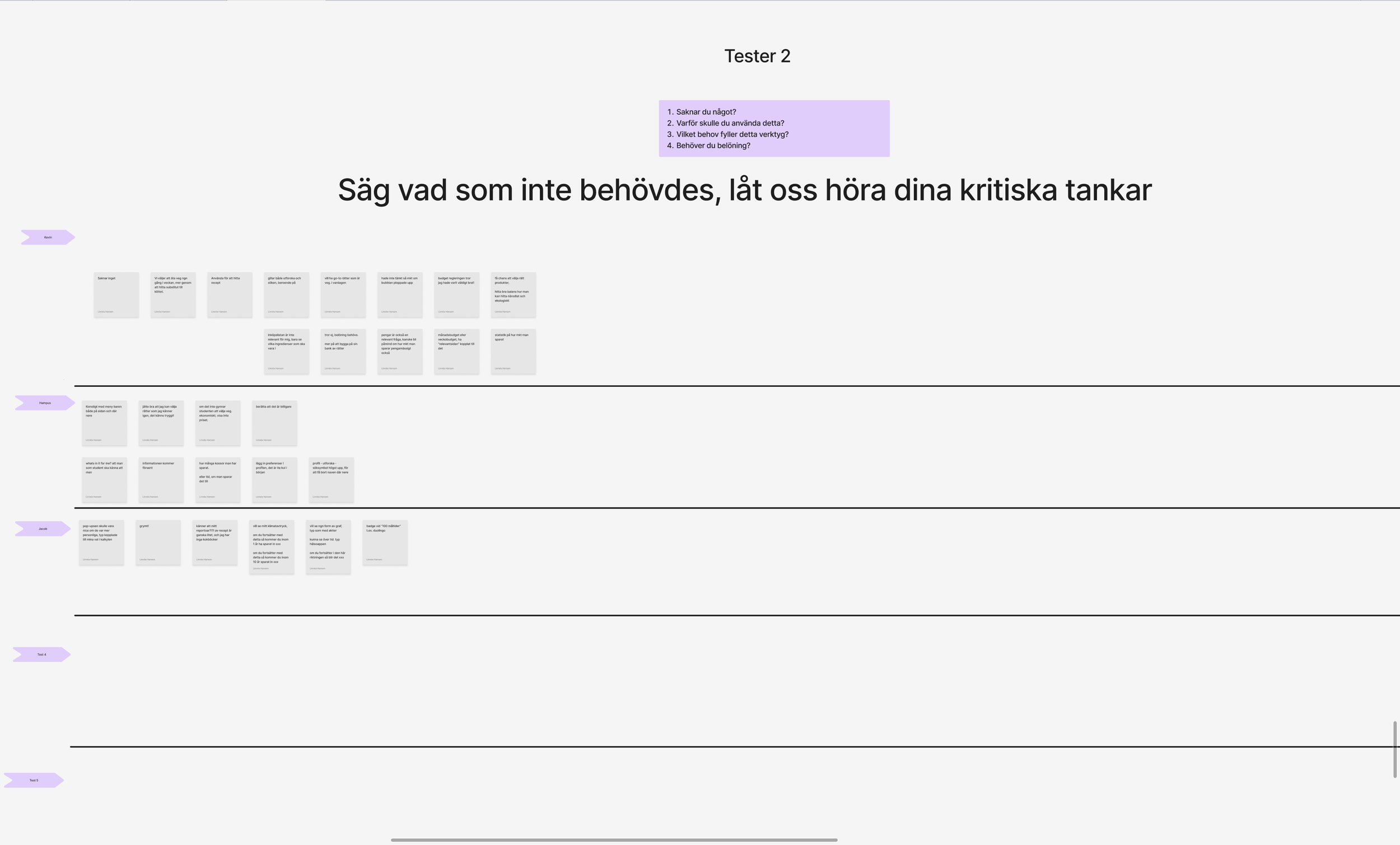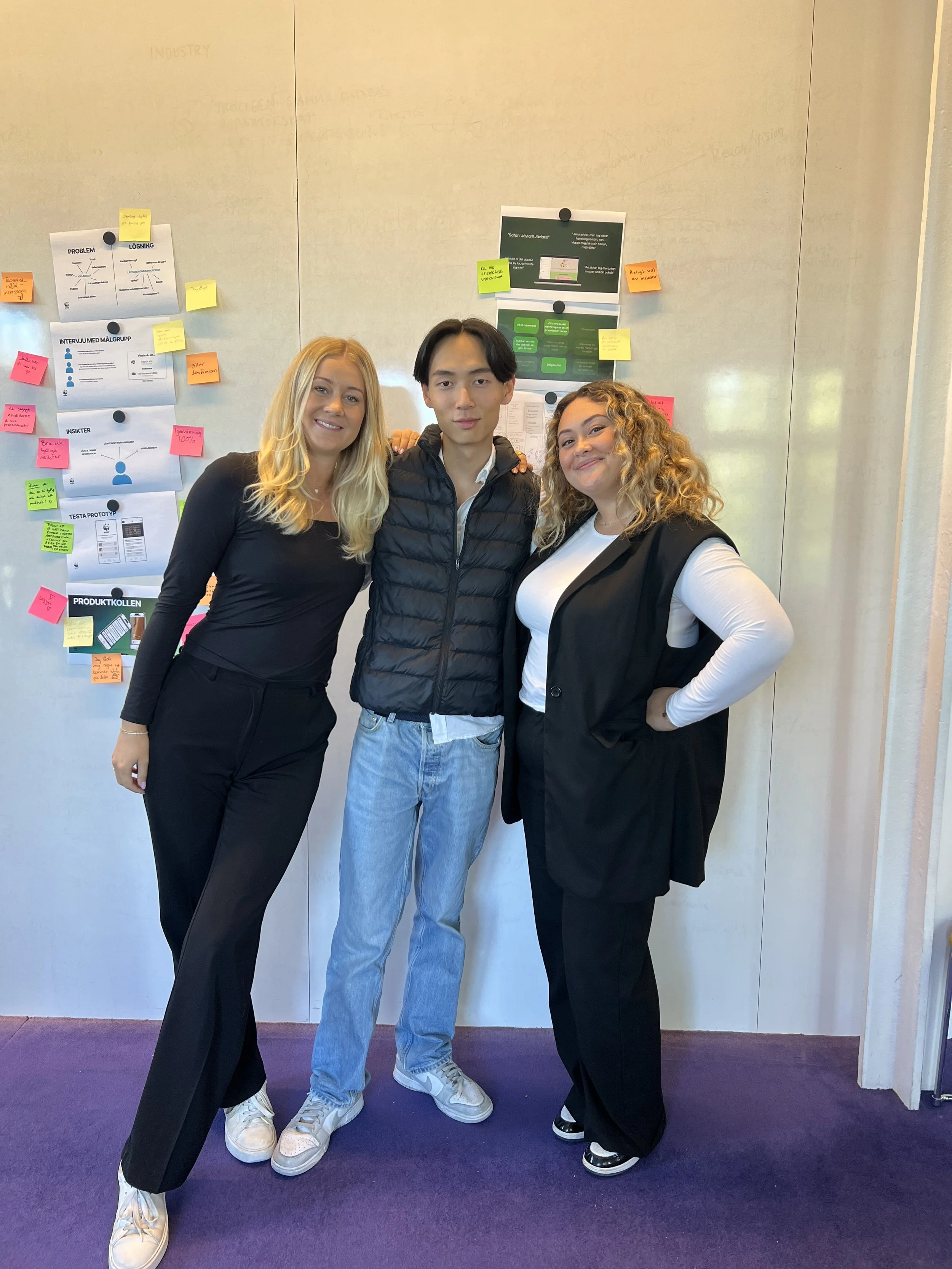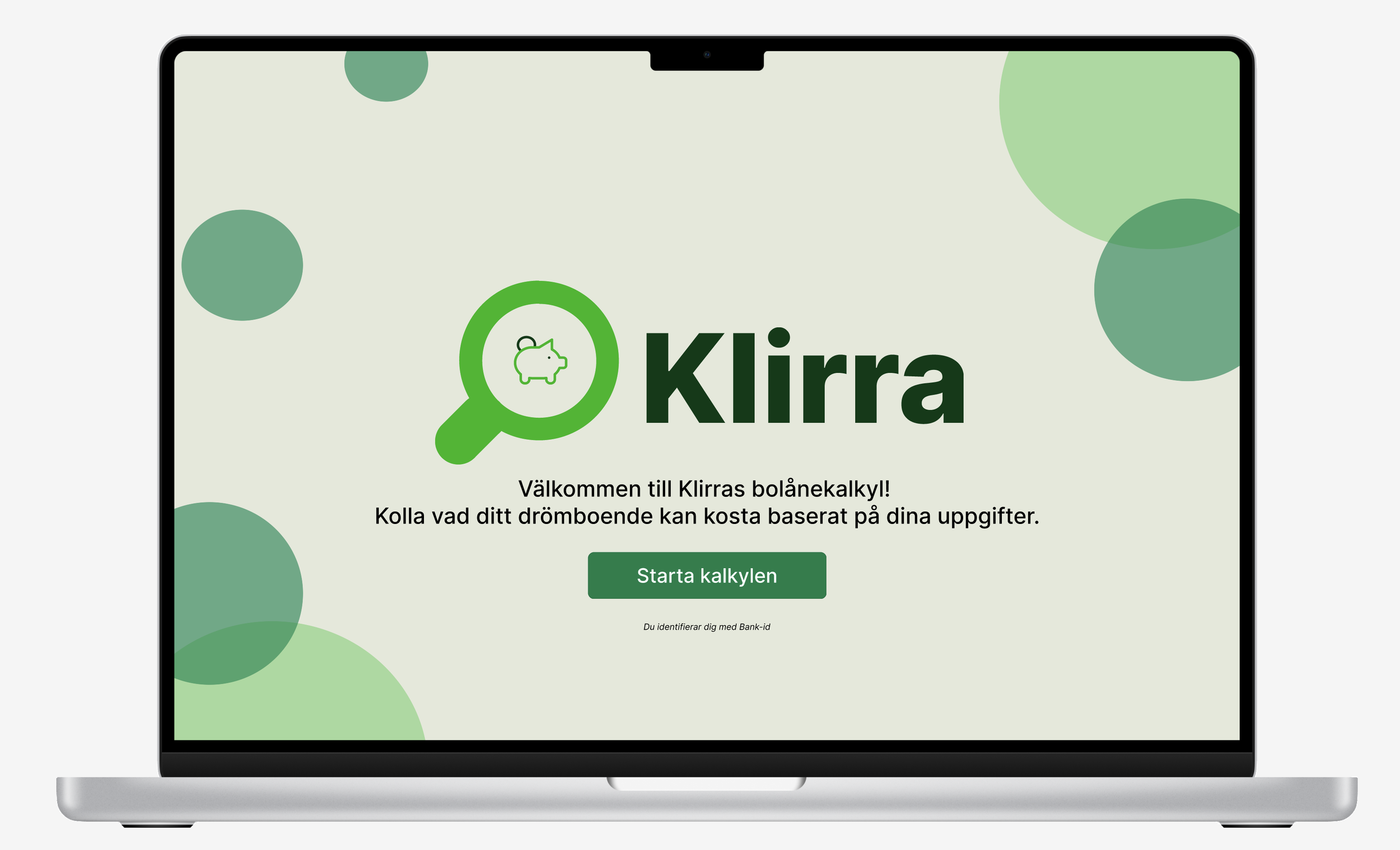WWF x VegoFlow –
WWF x VegoFlow –
Client
Human Centered Design
Duration
2 weeks
Field of study
VegoFlow:
Inspiring Sustainable Eating Habits Among Students
How do you spark interest in sustainable eating when students lack inspiration and don’t know where to start?
Partnering with WWF, we faced the challenge of creating a user-centered solution that made sustainable choices not only affordable but also engaging and accessible for students.
How we can get students to act in everyday life to reduce its climate footprint.
Problem:
WWF fight for humanity to distribute the earth's resources fairly and use them in one sustainable way. Students struggled to integrate sustainable eating into their routines in a way that felt achievable and motivating.
Research:
Shifting Focus from Budget to Inspiration.
I conducted interviews, surveys, and tested WWF’s carbon footprint calculator. Research revealed that while budget constraints matter, the main issue was the lack of inspiration and actionable ideas. Findings shifted our focus from cost-saving measures to delivering visually engaging, motivational content tailored to students' lifestyles.
Design Process:
A Visually Inspiring, Video-Driven Recipe Platform
Our HMW: “How might we use visual inspiration to motivate students to plan vegetarian or vegan meals using the digital platforms they use today?”
Ideation: Developed low-fi wireframes emphasizing quick, budget-friendly recipes.
Concept: Created a short video-driven recipe interface inspired by TikTok-style formats.
Features: Personalized shopping lists, CO2 savings calculators, and a categorized recipe library.
Iterative Design:
From Low-fi to simple High-fi Prototypes
I developed low-fi wireframes and, through an iterative process, we tested them with students, gathering feedback to better meet their needs. After each round of testing, we refined the designs and created new low-fi prototypes, introducing features like the rewards system and improving video content to boost engagement. This cycle of testing and refinement continued until we fulfilled the students' needs and developed an easy high-fi prototype.
Results:
Students found meal planning easier and more enjoyable, with many reporting increased confidence in their planning and a reduction in their carbon footprints. One student even mentioned "This could be my go-to digital cookbook," highlighting the potential of the prototype. Additionally, WWF praised the innovative approach to user engagement and climate action.
VegoFlow Drives Sustainable Choices
The Value of Low-Fidelity Prototypes and Research
Reflection and Lessons Learned:
I discovered just how valuable low-fi prototypes can be in uncovering insights and streamlining the iteration process. They made it easy to test, refine, and adjust ideas quickly, helping me focus on what truly worked.
I also realized the critical role of research as the foundation of a successful project. It guided my design decisions and provided me with a solid basis to explain and justify those choices to stakeholders. Every decision felt grounded in user insights and data, which gave me confidence throughout the process.
Casandra Sohlström
David Alvtegen
Linnéa Hansen
Team
Other Projects



















